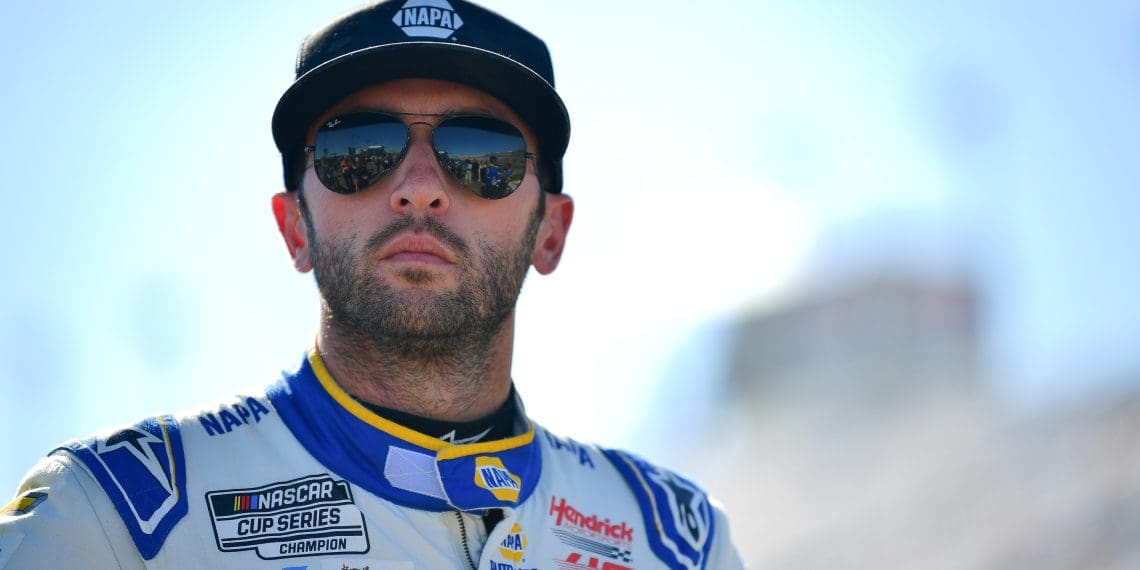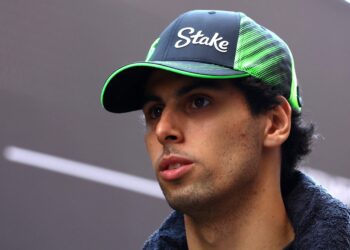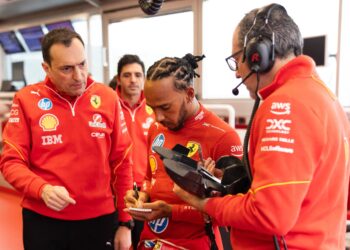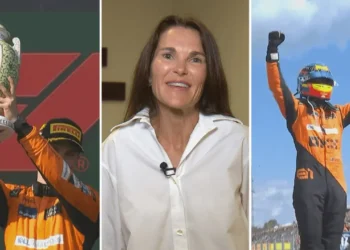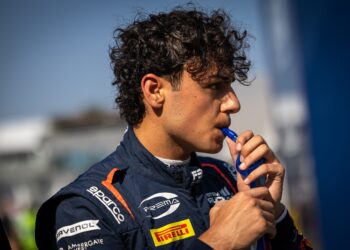The 2025 NASCAR season is set to kick off with a significant rule change aimed at addressing one of the most controversial policies in recent years: the Damaged Vehicle Policy (DVP). Introduced in 2017 to streamline race management, the DVP faced intense criticism after several high-profile incidents in 2024, including a 28-car wreck at Talladega that ended Chase Elliott’s race. Now, NASCAR has updated the rule, earning praise from drivers, teams, and fans alike.
What’s New with the DVP?
Under the previous DVP, teams had only seven minutes on pit road to repair damaged vehicles. If repairs required a trip to the garage, the car was automatically disqualified from the race, leading to frustration for drivers and teams who felt they were unfairly sidelined.
The 2025 update introduces a major shift: teams can now repair their cars in the garage without being disqualified, although the seven-minute timer still applies to pit-road repairs. This change allows teams to return to the race after completing repairs in the garage, giving them a chance to fight their way back through the field.
Chase Elliott and Ryan Blaney: Catalysts for Change
The rule change comes as a direct response to incidents that drew widespread criticism, including Chase Elliott’s infamous DNF at Talladega. Caught in a 28-car pileup, Elliott suffered a flat tire and was towed to the garage, ending his race due to the old DVP restrictions. Frustrated, Elliott voiced his displeasure:
“It’s unfortunate that if you have flat tires, that causes you to not be able to go anywhere without help… You’re just at the mercy of the track workers at that point.”
Elliott wasn’t alone in his criticism. During the 2024 Watkins Glen playoff race, Ryan Blaney was similarly forced out after early-race damage. Blaney, the 2023 Cup Series champion, blasted the rule:
“Give us a chance to fix it. How are they going to dictate if we’re done or not?”
Their voices, combined with mounting frustration across the paddock, pushed NASCAR to reevaluate the policy.
Team Reactions: A Welcome Change
The updated DVP has been well-received by teams and crew chiefs, who see it as a step toward fairer competition. NASCAR insider Jordan Bianchi shared insights on The Teardown Podcast, stating:
“This feels much more straightforward… Teams like that they don’t have to bring crash cards as much.”
Allowing teams to repair vehicles in the garage not only reduces waste but also ensures that races aren’t prematurely decided by technicalities.
A New Era of Comebacks?
The rule change opens the door for dramatic comeback drives. Drivers who face early setbacks now have a fighting chance to return to the race, navigate through the field, and challenge for points or even victory. For Chase Elliott, who has been plagued by misfortune, this rule could provide the break he desperately needs.
Jordan Bianchi expressed optimism about the impact on competition:
“It will allow teams to make a comeback into the race and will need to navigate through the field to overtake and match the lap times of other drivers.”
What’s Next for NASCAR?
The DVP update is just one of several changes NASCAR has introduced ahead of the 2025 season. While details on additional adjustments remain under wraps, the focus is clear: enhancing competition, improving fairness, and addressing feedback from drivers and teams.
Looking Ahead: Will the New DVP Level the Playing Field?
For drivers like Chase Elliott and Ryan Blaney, the revised DVP could be a game-changer, allowing them to capitalize on their skill and resilience rather than being sidelined by rigid rules. With the Daytona 500 looming, all eyes will be on how the updated policy plays out on NASCAR’s biggest stage.
The 2025 season promises fresh opportunities, renewed optimism, and a shot at redemption for drivers who’ve felt the sting of bad luck and restrictive policies. Will Elliott finally catch a break, or will the racing gods have other plans? Only time will tell.

